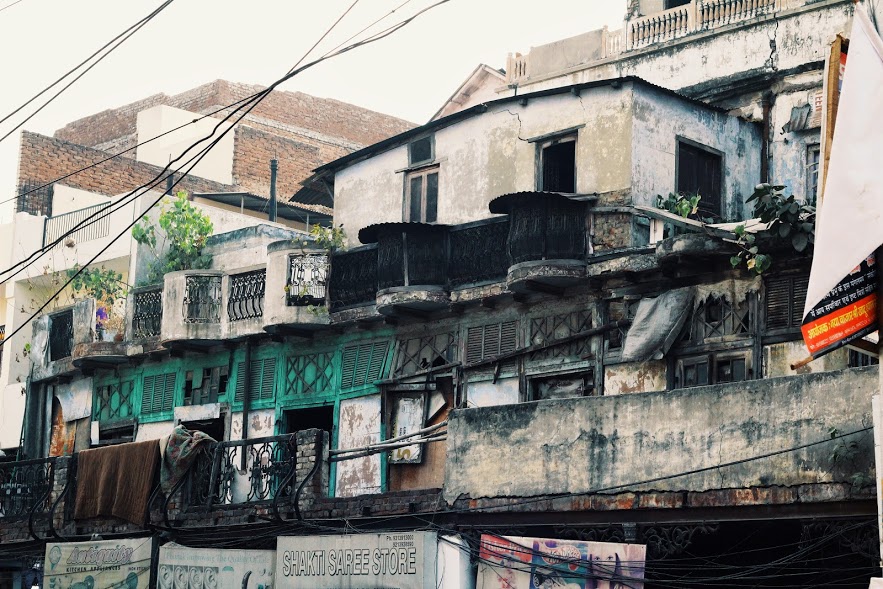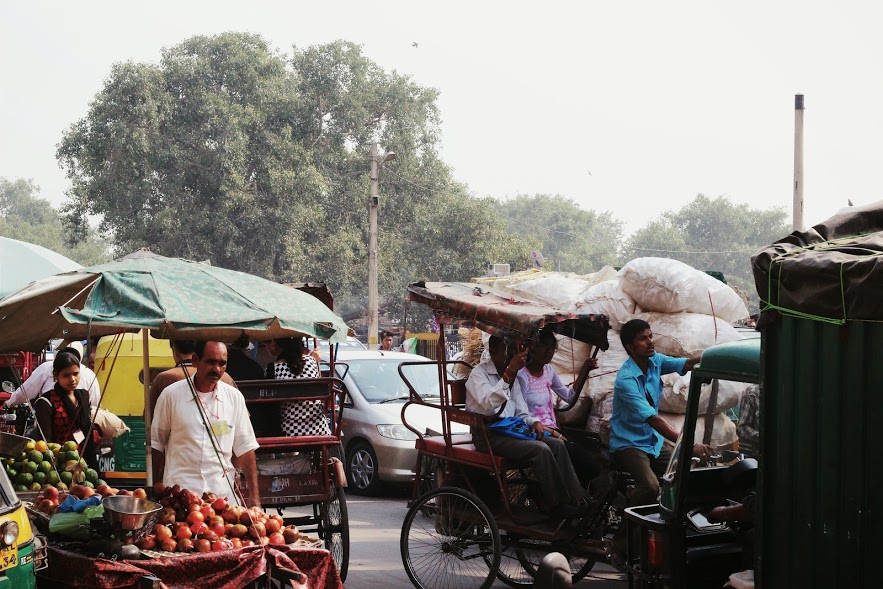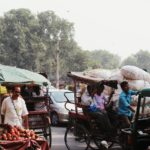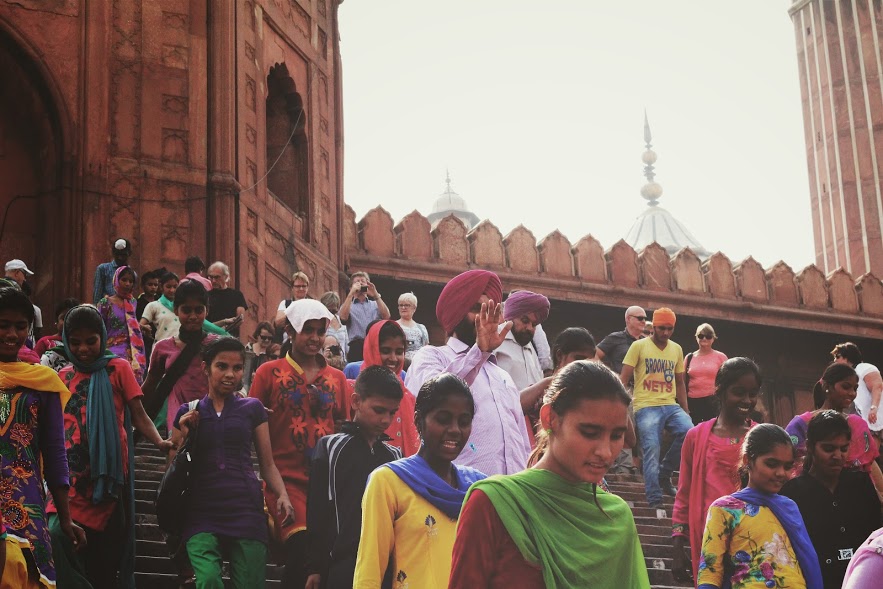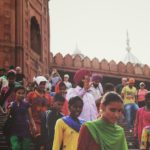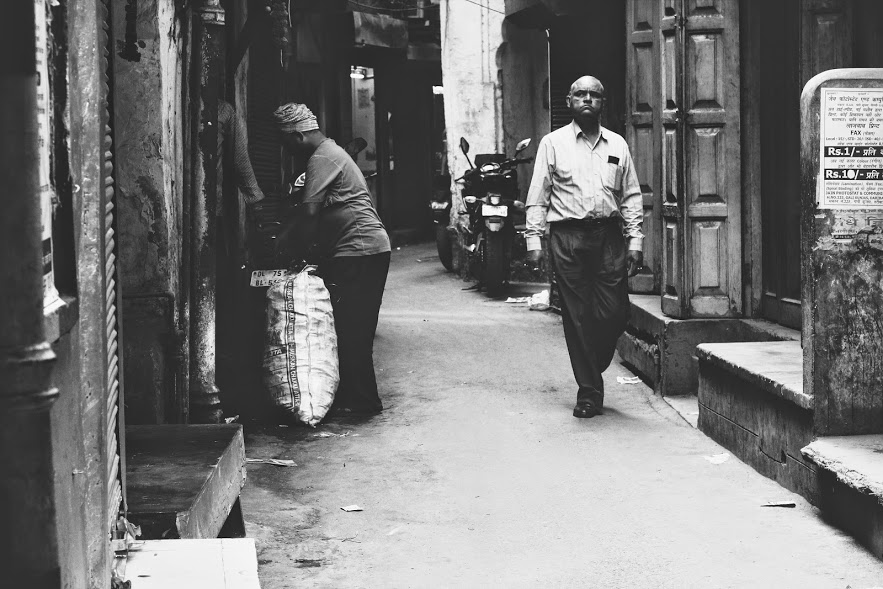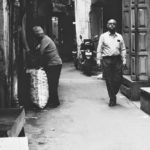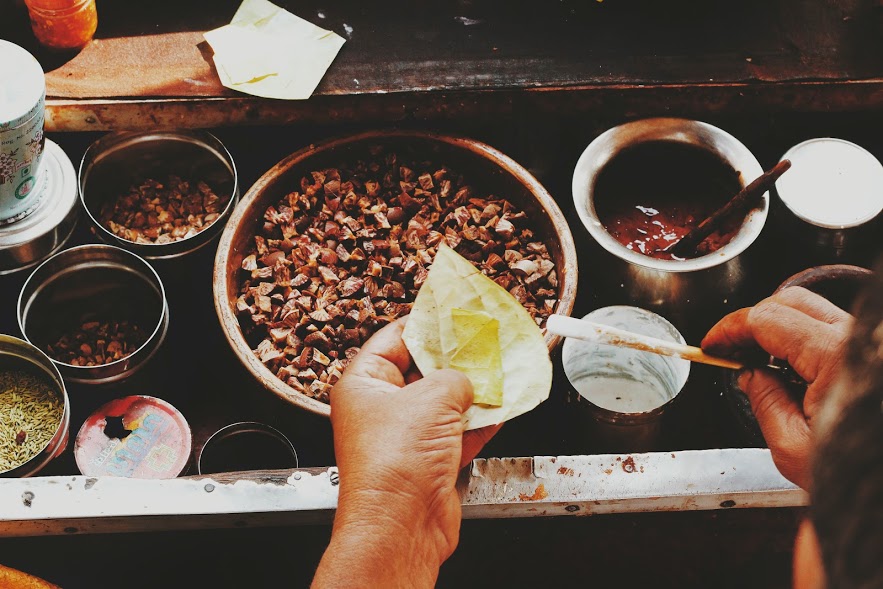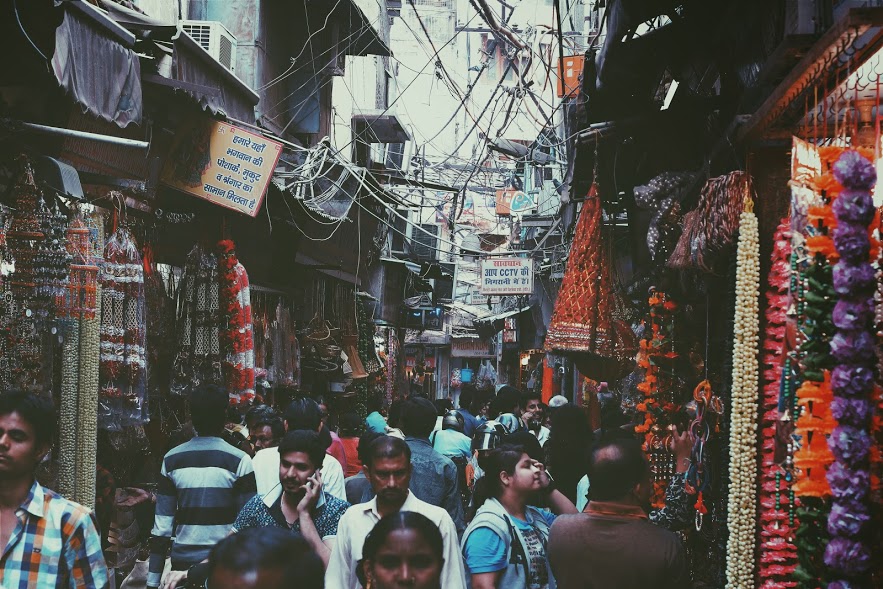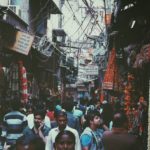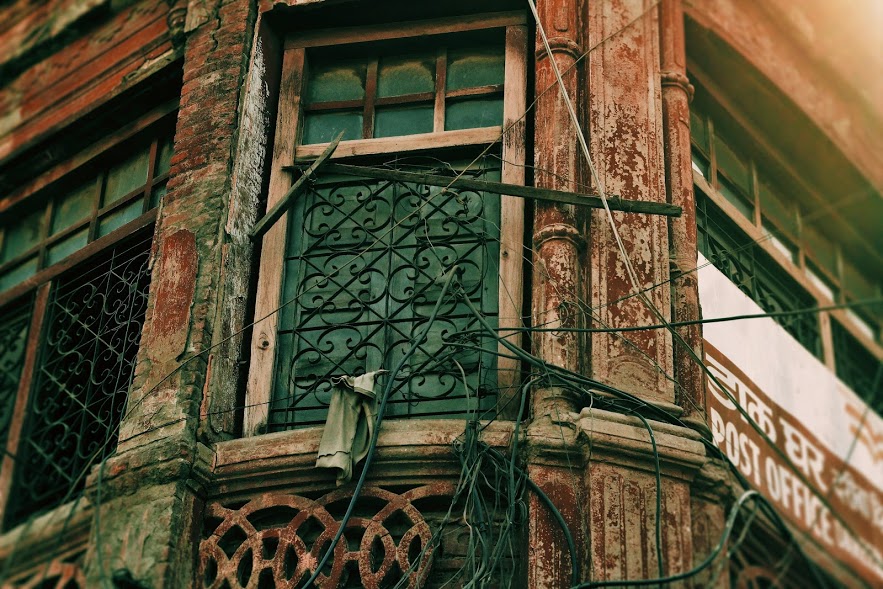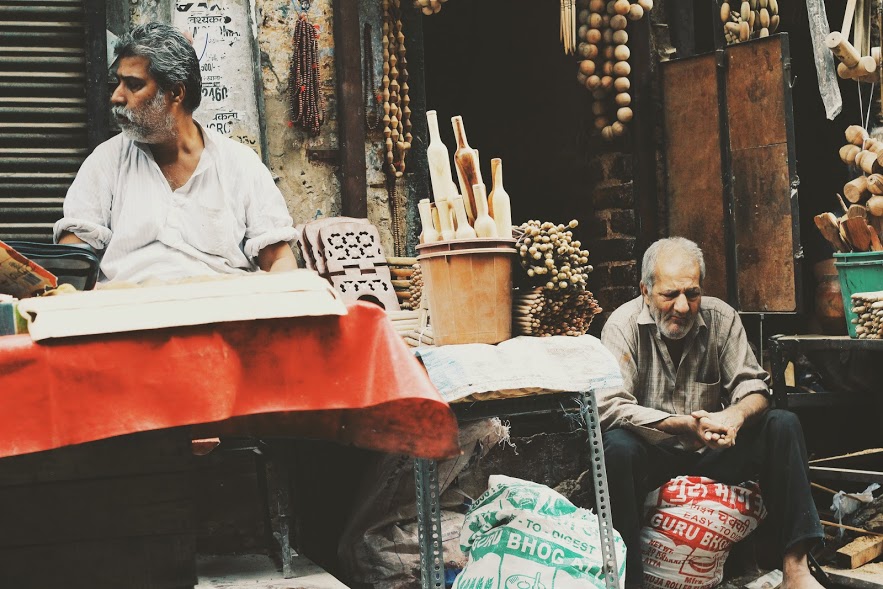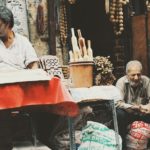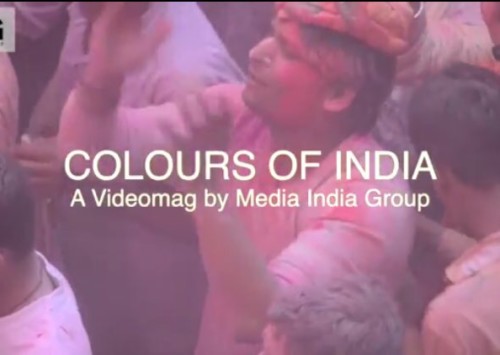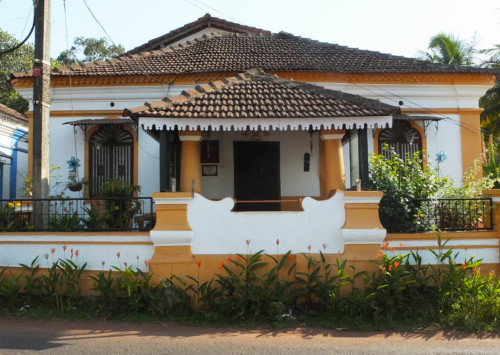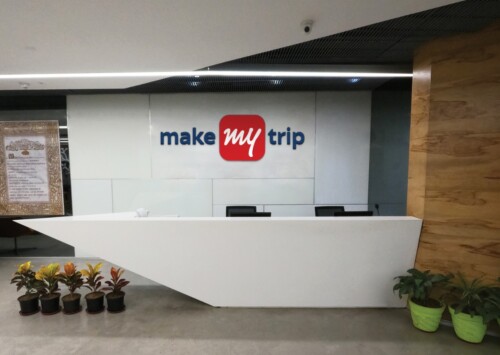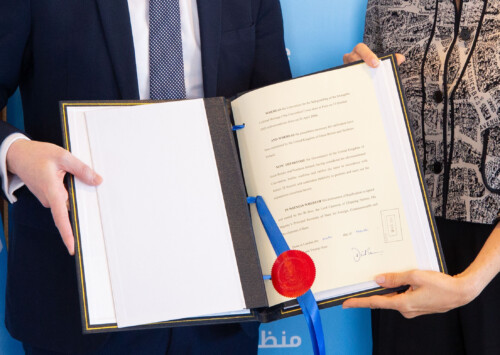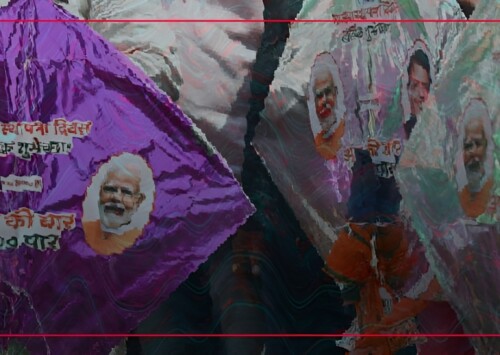Time and Chandni Chowk
Old Delhi and its lanes are a photographer’s paradise. Come, explore with us the chaos and colours in the Indian capital’s age-old narrow alleys.
There is a herd of cows and pedestrians being careful of not stepping on each other or on the roads packed with traffic. A gang of rickshaw pullers and cart-trailers are fighting for space and the sound of vehicles honking fills the air. The flow of traffic spreads in all directions thus regardless of where you are coming from, you may have to make your way past it and enter the haphazard world of Chandni Chowk almost forcefully.
Chandni Chowk (Moonlight Square) was built by 18th century Mughal Emperor of India, Shah Jahan. The oldest and possibly the country’s busiest marketplace was designed by his daughter Jahanara. It is the cheap availability of everything under the sun that attracts innumerable buyers and tourists every day. The market, since its inception has its streets and sections divided according to the products they offer. One wonders if shopping was the agenda or a treasure hunt perhaps.
Chandni Chowk and colours have a romantic affair going on across its architecture. If you are lucky enough to find it, then you may stumble upon a four-hundred-year-old architectural residential area. The archways and the colour of the walls are out of a historic museum. Quickly you will find yourself admitting that there are indeed places where there is no such thing as too many colours. Stepping into a seller’s shoe is an easy character to play. What is not easy, however, is bearing the burden of survival every day when there are new and exciting offers available online and in the air-conditioned malls. To this day however, the market lives on through the topsy-turvy economic climate of the world.
Working hours here start in the morning and carry on till late evening. There is no fixed concept of a break or lunch hour. However, what remains an important break for most Indians across all fronts, is a paan (traditional Indian mouth-freshener) break. Skilled paan makers are at work on almost every other street. India and its marketplaces have a connection to every household. Economy, tourism and survival brings people of every colour, race, and religion out on the streets of Chandni Chowk.

